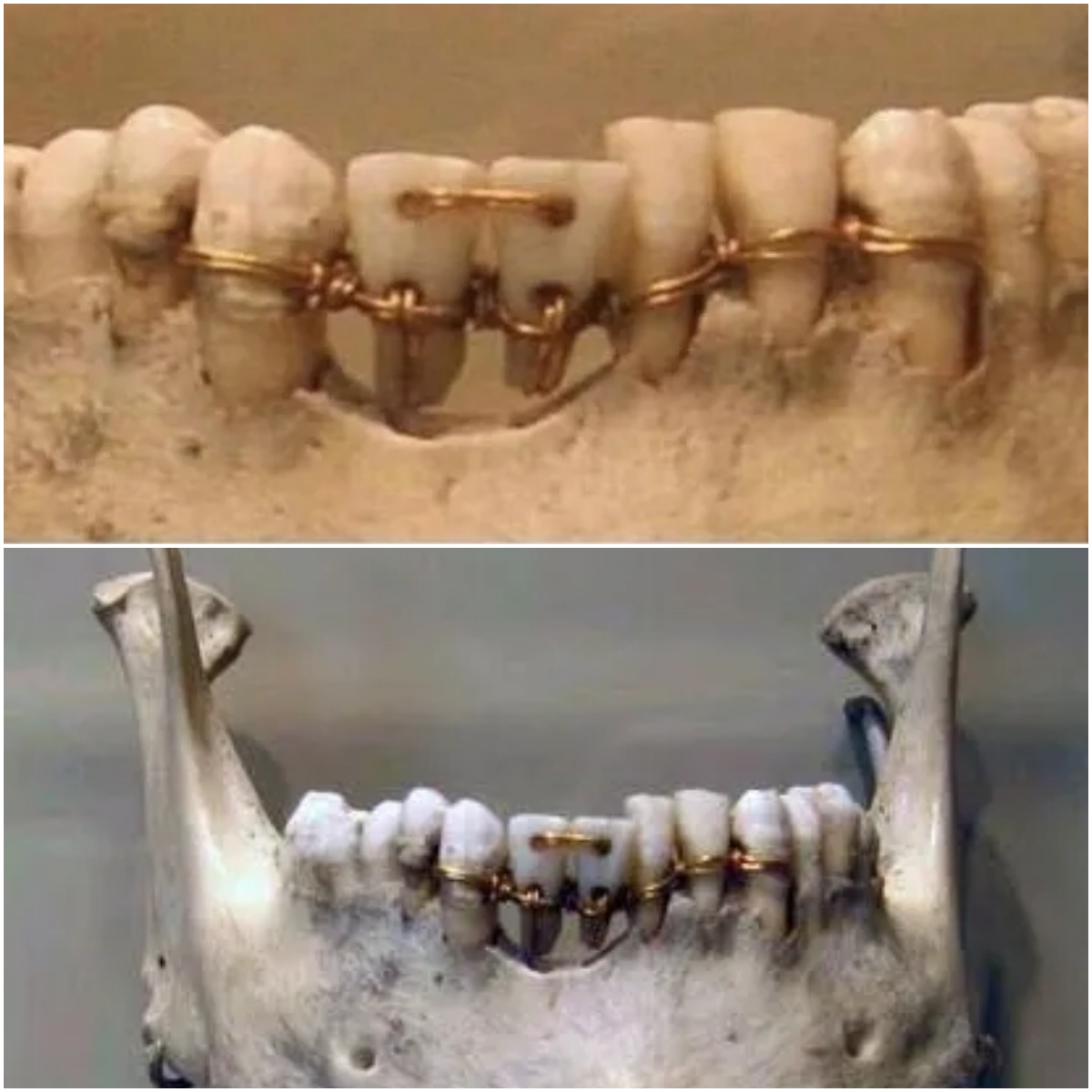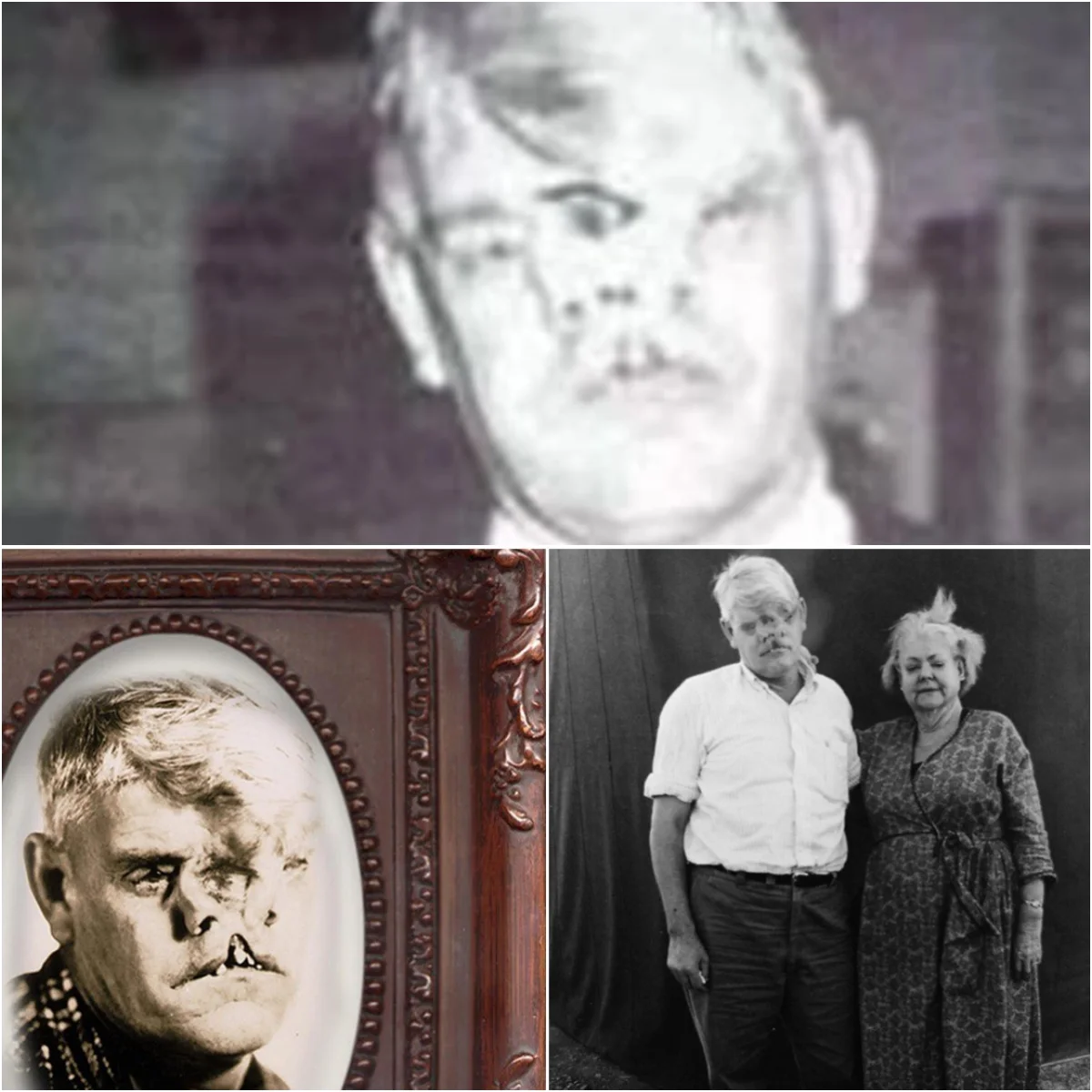Mobile Jail on Wheels: When LAPD Took Creativity to the Extreme
LOS ANGELES, 1920s – In an era when alcohol was banned, crime was rampant, and cities were booming, the Los Angeles Police Department once deployed an unprecedented tactic: a motorcycle pulling a full-size metal jail cage. Not a patrol car or a police van — but a motorbike, towing a suspect quietly seated behind steel bars down the street.
A rare black-and-white photograph — believed to have been taken in the early 1920s — has sparked both curiosity and amusement decades later. In the image, a uniformed officer is seen writing up a report while behind him stands a vertical iron cage. Inside sits a man in a fedora, gripping the bars in silence.
Police motorcycles, street criminals, and portable jails — that was the “security triangle” of early Los Angeles.
Faced with an explosion in population and limited resources, the LAPD in the 1920s was under pressure to find practical solutions. From around 500,000 residents in 1920, Los Angeles surged past 1 million within a decade. Urban chaos, gang violence during Prohibition, and a shortage of patrol vehicles left the force scrambling.
The answer: a mobile jail cage, mounted on wheels and hitched to the back of a police motorcycle.
“The motorcycle jail was like a living warning — if you break the law, you’ll be rolled through the street for everyone to see,” one retired LAPD officer later recalled in a memoir.
Though it might seem like something out of a slapstick comedy, these cages were real. Some even had padlocks, ID plates, and sliding doors, designed to detain small-time offenders like drunkards, pickpockets, or traffic violators.
But the invention didn’t last long. The motorbike was hard to control while towing a steel cell, and safety for both the officer and detainee was questionable at best. Civil rights concerns soon emerged as well.
Beyond function, the motorcycle jail became a visual tool — a symbol of authority. In a turbulent time, showing someone jailed in public sent a message to every passerby.
Some sociologists have called it “theater of punishment,” while others see it as a phase in the growing pains of American law enforcement.
Today, the photo is displayed in historical police exhibits as a mark of LAPD’s inventive — if not extreme — solutions. It stands both as a piece of ingenuity and a relic of a bygone era where justice, mobility, and spectacle briefly rode together through the streets of Los Angeles.






